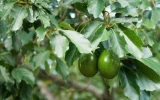How Many Avocado Trees Should You Plant per Acre?
Traditionally, avocado trees were spaced far apart to accommodate their spreading canopies and substantial root system, However, with changes in agricultural practice, high-density planting has become popular. In this article, we'll find out the optimal density per acre when planting avocado trees to maximize output.
Traditional planting of avocado trees typically involves a 20'x15' spacing, equating to about 145 trees per acre. However, to optimize land use and potentially increase yields, you may consider a high-density planting technique wherein trees are planted with 10'x10' spacings, allowing for as many as 430 trees per acre.
Some other factors that affect how many avocado trees should be planted per acre include soil quality, climate, water availability, and the specific avocado variety being planted, as well as the topography of the land. As you read further, we'll take a closer look at how these factors affect the number of avocado trees on an acre.
Determining the appropriate number of avocado trees per acre allows for proper layout and long-term planning of orchard density when starting an avocado farm from scratch.
Summary
- Hass and Pinkerton avocado varieties require a higher density of 150-160 and 160–180 trees per acre, respectively, while Fuerte and Reed varieties require a lower density of 100-120 and 80–100 trees per acre, respectively.
- High-density planting, while requiring careful management, can lead to increased fruit production and yield due to better cross-pollination opportunities and efficient management practices, including pruning, pest control, and harvesting.
- Proper spacing of avocado trees at the recommended density allows for optimal sunlight exposure, air circulation, and access to essential resources such as water and nutrients, promoting healthier growth and fruit production.
- High-density planting techniques focus on maximizing the productive use of land, particularly in the early years of the orchard's life, and can result in somewhat smaller trees.
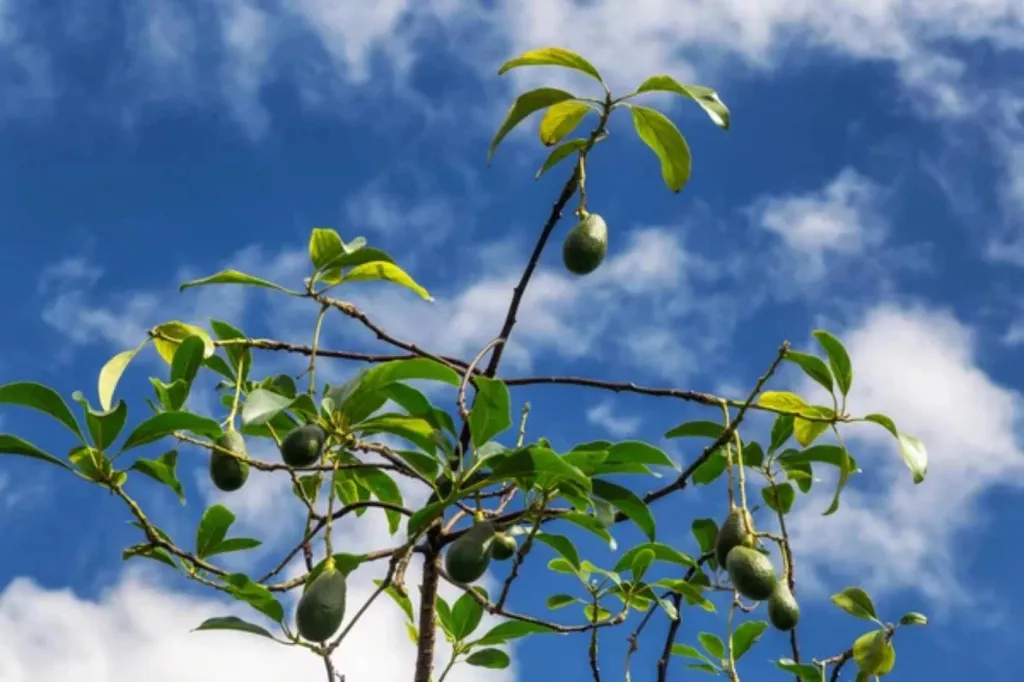
On this page:
Estimated Density per Acre for Different Avocado Variety
The table below provides the estimated density per acre for different avocado varieties, including Hass, Fuerte, Reed, and Pinkerton:
| Avocado Variety | Estimated Required Density per Acre |
|---|---|
| Hass | 150-160 trees |
| Fuerte | 100-120 trees |
| Reed | 80-100 trees |
| Pinkerton | 160-180 trees |
With standard spacing ranging from 20 to 30 feet between trees, you could fit approximately 100 to 150 avocado trees per acre, given that each acre is 43,560 square feet.
However, high-density planting can involve considerably closer spacings, enabling you to plant a higher number of trees—this approach requires careful management to ensure the health and productivity of your avocado trees.
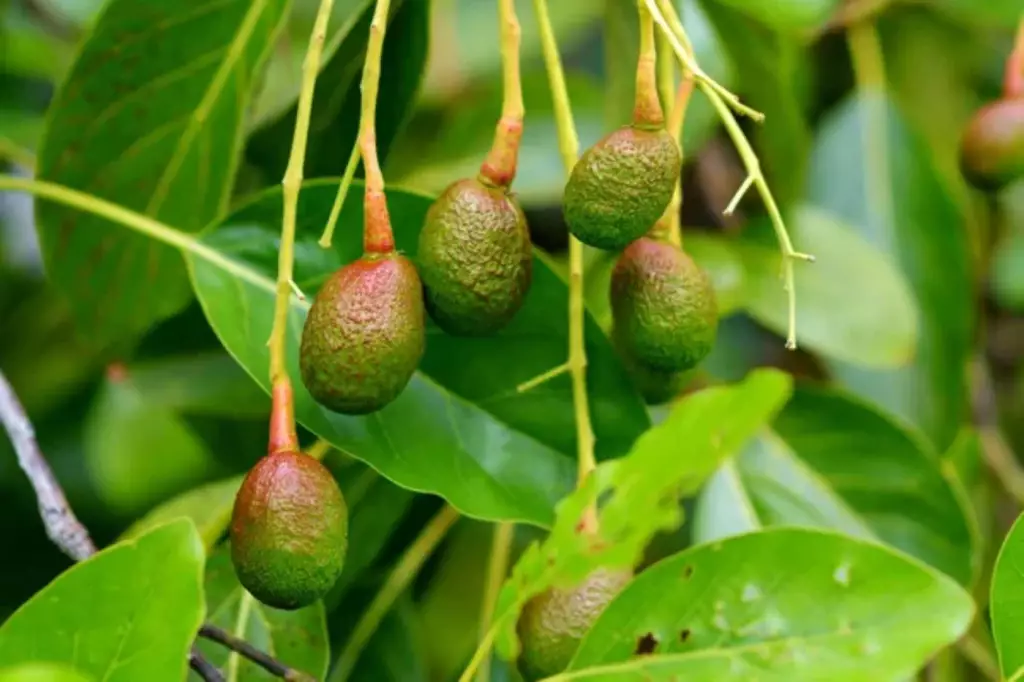
Required density per acre for Hass avocado trees
The Hass avocado variety has a required density of 150-160 trees per acre. Hass avocados rely on cross-pollination with other avocado trees to set fruit.
Therefore, a higher density of trees increases the likelihood of successful cross-pollination, leading to better fruit set and yield. In a hectare, the recommended density for Hass avocado trees is 150-200 trees.
Hass avocado trees are also known for their spreading and dense canopies. By planting them at the recommended density, it allows for proper management of the tree canopy, making it easier to prune, harvest, and maintain the trees.
Required density per acre for Fuerte avocado trees
The recommended density of 100-120 trees per acre for the Fuerte avocado variety is influenced by its unique characteristics, particularly its growth habit, canopy size, and pollination requirements. Fuerte avocados have specific traits that make this density optimal for their cultivation:
They have a large canopy size
Fuerte avocado trees are known for their moderately vigorous growth and relatively large canopy size. By spacing the trees at a density of 100-120 per acre, growers can ensure that each tree has enough room for its canopy to develop fully without excessive overlap with neighboring trees. This allows for optimal sunlight exposure and air circulation, promoting healthy growth and fruit production.
They produce a consistent and abundant supply of fruits
Fuerte avocados are known for their consistent and abundant fruit production. The recommended tree density allows for efficient management practices, including pruning, pest control, and harvesting.
It also facilitates the use of machinery for maintenance and harvesting operations, contributing to the variety's reputation for productivity and ease of management.
Required density per acre for Reed avocado trees
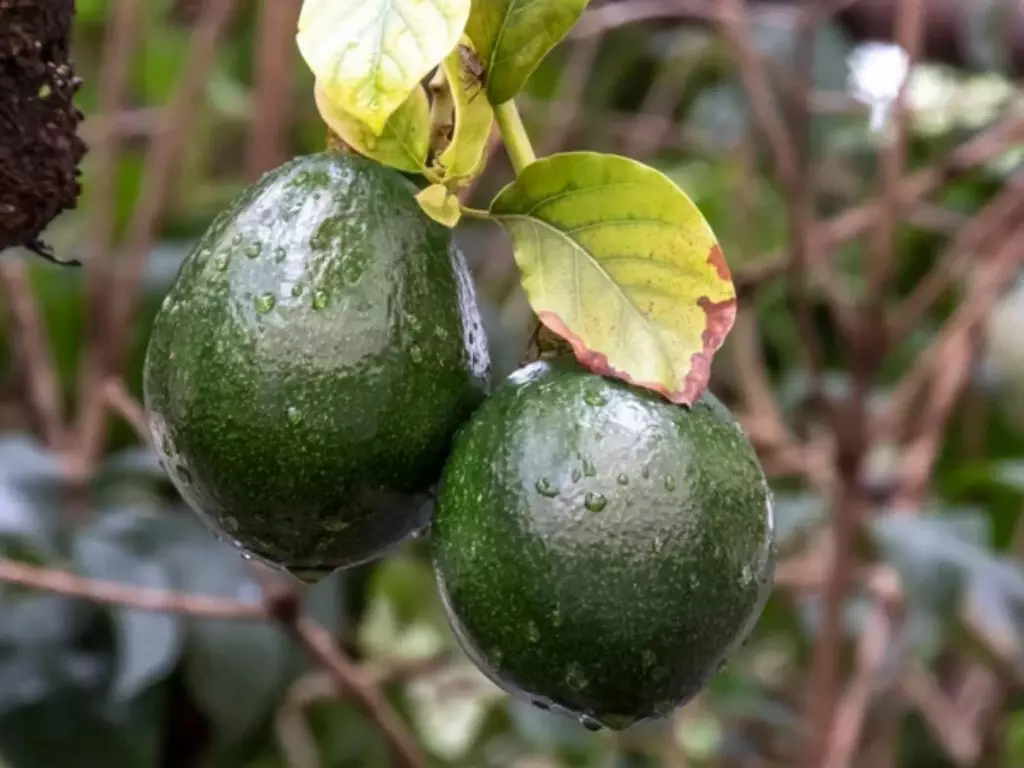
The recommended density for the Reed avocado variety is around 80-100 trees per acre. Reed avocado trees are known for their relatively large size and lower yield compared to some other avocado varieties.
They require adequate space for their canopy to expand without overcrowding, which can lead to competition for sunlight, water, and nutrients. By spacing the trees at a lower density, each tree has more access to these essential resources, promoting healthier growth and fruit production.
Required density per acre for Pinkerton avocado trees
The unique characteristics of Pinkerton avocados contribute to the recommended tree density of 160-180 trees per acre.
Pinkerton avocado trees are known for their vigorous growth, which can result in larger canopies. The recommended density takes into account the potential size of the trees at maturity, allowing for adequate spacing to accommodate their growth without overcrowding.
This variety is also recognized for its high yield potential. By planting them at a density of 160-180 trees per acre, growers can capitalize on the productive capacity of each tree, maximizing overall yield potential within the limited acreage.
Aside from this, Pinkerton avocado trees typically exhibit a medium-sized growth habit, which allows for a relatively high planting density while still providing sufficient space for each tree to develop and produce fruit.
Estimated Density per Acre Based on Planting Technique and Spacing
When planning your avocado orchard, perhaps consider tree density and planting techniques that will maximize both land use and fruit production. The table below shows the difference between the traditional planting method and high-density planting:
| Planting Method | Estimated Spacing (ft) | Density per Acre |
|---|---|---|
| Traditional planting | 20'x15' | 145 |
| High-density planting | 10'x10' | 430 |
Recommended density for traditional planting
Traditional planting of avocado trees typically involves a 20'x15' spacing, equating to about 145 trees per acre. This spacing allows for adequate room for the trees to grow and spread out their branches, ensuring optimal sunlight exposure and air circulation.
Avocado trees are known for their spreading root systems, so the spacing between trees is crucial to prevent overcrowding and competition for nutrients and water. Additionally, the 20'x15' spacing allows for efficient management of the orchard, including irrigation, pruning, and harvesting activities.
Recommended density for high-density planting
High-density planting techniques involve positioning trees closer together, often in the range of 10'x10' spacings, which allows for as many as 430 trees per acre.
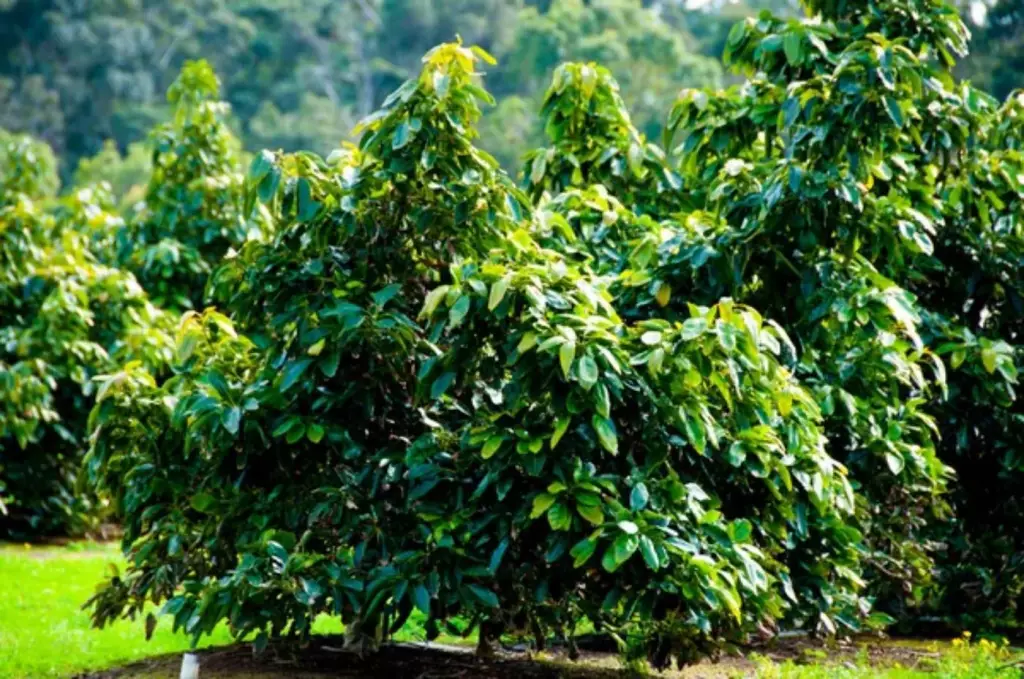
This intensive approach encourages you to maximize the productive use of your land, particularly in the early years of the orchard's life.
While traditional avocado plantings prioritize the long-term space requirements of mature trees, high-density strategies focus on rapid early growth and tend to result in somewhat smaller trees.
Implementing high-density plantings often means you'll have to address the challenges of increased management, including more frequent irrigation, pruning, and possible root competition.
Furthermore, to alleviate issues with root systems and canopy crowding as the avocado trees mature, strategic tree removal may become necessary to maintain optimal production throughout the life of the orchard.
Factors Affecting the Density of Avocado Trees per Acre
Aside from spacing and variety, the number of avocado trees that should be planted per acre is also influenced by several factors such as the following:
Soil quality determines the number of avocado trees per acre
Avocado trees thrive in well-draining, fertile soils with a pH level between 6 and 7.5. The soil's ability to retain moisture and nutrients directly impacts the trees' growth and overall productivity.
In areas with poor soil quality, fewer trees may need to be planted to ensure each tree has access to sufficient nutrients and water.
Climate also determines the optimal tree density per acre for avocados
Avocado trees are sensitive to temperature extremes, and different varieties have specific temperature requirements for optimal growth. The ideal climatic conditions for avocado trees can be found in this article.
Factors such as frost risk, heat tolerance, and humidity levels in a particular region will influence the number of trees that can be effectively cultivated per acre.
In regions with a higher risk of frost, the tree density per acre may need to be lower to allow for protective measures such as frost cloth or wind machines to be deployed effectively.
Conversely, in regions with high heat and humidity, a lower tree density may be necessary to reduce competition for water and nutrients and to prevent disease and pest pressure.
Furthermore, in areas with high humidity, the risk of fungal diseases may be greater, necessitating a lower tree density to improve air circulation and reduce the likelihood of disease spread.
Water availability is another crucial factor in determining the number of avocado trees
Avocado trees require a significant amount of water to thrive and produce high-quality fruit. In regions with ample water resources, farmers may be able to plant a higher density of avocado trees per acre.
This can maximize the use of available land and potentially increase the overall yield of the orchard. However, in areas where water is limited, planting a higher density of trees may not be sustainable or may lead to reduced fruit quality and tree health.
In areas with consistent rainfall or access to reliable irrigation systems, farmers may have more flexibility in planting density and orchard management.
Conversely, in water-stressed regions, farmers may need to carefully plan irrigation strategies to ensure that each tree receives an adequate amount of water to support healthy growth and fruit production.

Determining the optimal number of avocado trees to plant per acre directly influences the harvest timing, as denser plantings may accelerate the collective ripeness of avocados, necessitating a more strategic approach to picking.
Furthermore, in regions facing water scarcity or competing demands for water resources, farmers must consider the overall impact of avocado orchards on local water supplies.
Sustainable water management practices, such as drip irrigation, rainwater harvesting, and soil moisture monitoring, can help optimize water use efficiency in avocado orchards and minimize the potential for negative environmental impacts.
The topography of the land can also impact the optimal tree density per acre
Sloping terrain can impact the distribution of water across the land. In areas with steep slopes, water runoff can be a concern, potentially leading to soil erosion and uneven water distribution.
This can affect the availability of water for the avocado trees and may necessitate adjustments in tree density to ensure adequate water supply and prevent soil erosion.
Conversely, in flat or gently sloping areas, water drainage and distribution may be more uniform, allowing for a more consistent water supply to the trees. This can influence the optimal tree density by providing a more stable environment for the trees to thrive.
Furthermore, the topography can influence the microclimate within the orchard. For instance, low-lying areas may be more prone to frost accumulation, which can impact the choice of tree density to mitigate the risk of frost damage.
Additionally, the exposure to sunlight and wind patterns can vary across different topographical features, influencing the microclimate and subsequently the optimal tree density per acre.



